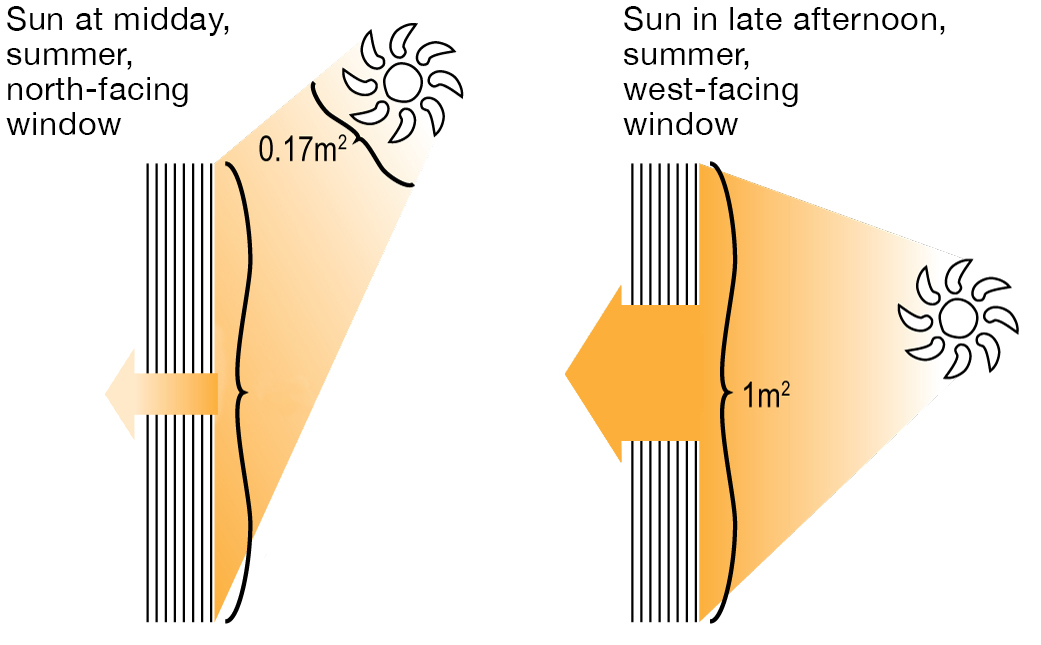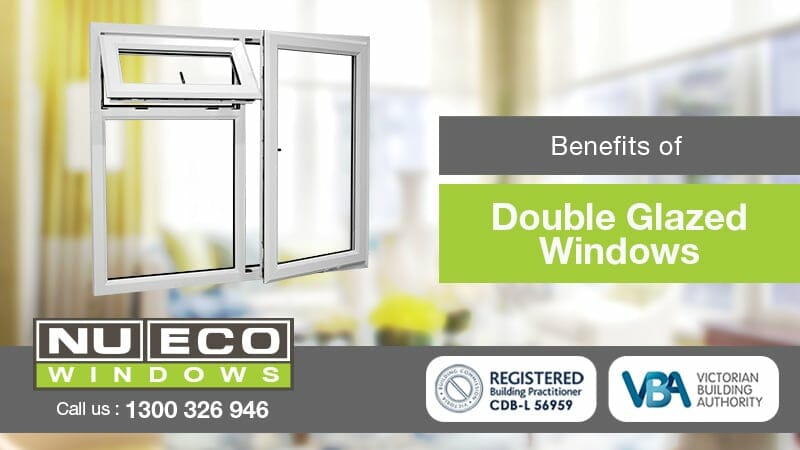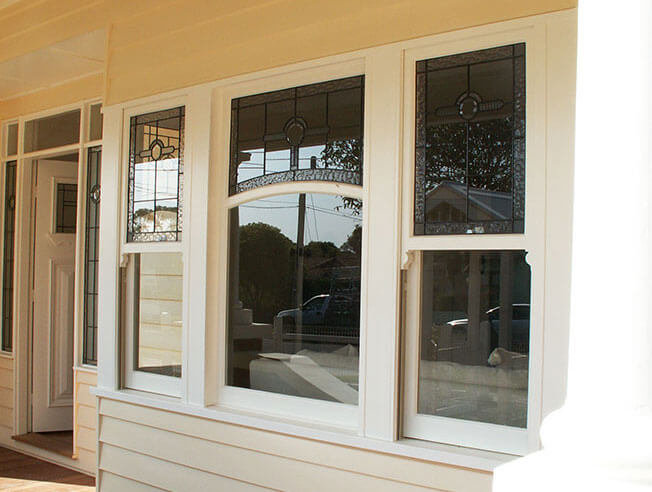All Categories
Featured
Table of Contents
Techniques For Double Glazing Windows in Beckenham Perth
Laminated glass is often used in locations in the home most prone to injury from human impact such as bathrooms, doors, around staircases and in locations near the flooring (it satisfies the requirements of 'shatterproof glass' that is mandated for usage in these locations by Australian Standard AS 1288 Glass in structures).
Toughened glass has actually been 'tempered' by being reheated and rapidly cooled once again. This process makes it much stronger than standard glass it can resist higher effect loads prior to breaking. It also makes it much safer due to the fact that, when it does shatter, it breaks into many small cubic pieces instead of dangerous shards.
Canberra Window Replacement - Upvc Double Glazed ... in Ellenbrook WA
However, toughened glass has no thermal or acoustic advantages over other glass of the same toning or density. Secondary glazing is where single-glazed windows are retrofitted with a transparent acrylic or glass sheet connected to the inside of the frame or openable sash with a secondary frame or with magnetic strips.


Secondary glazing will not carry out as well thermally as a manufactured IGU, since it is difficult to completely seal the perimeter, but it can offer good noise control. Window movies are a thin polymer movie consisting of a soaking up color or reflective metal layer, with an adhesive backing. They stay with your glazing to change its colour or make it reflective.
Save Energy With Double Glazed Windows in Straffon WA
Applied to existing glass, some window films can cut in half the general SHGC of the window by taking in and/or showing solar radiation. This can be particularly helpful in hotter environments where cooling is the primary concern, or on east and west elevations directly exposed to long periods of sunlight. Window movies might likewise minimize noticeable light transmittance.

For this reason, it is normally best to use an accredited installer of window film. Frames have a substantial impact on the thermal performance of windows and doors, since energy can be gotten and lost through the frame, as well as through the glass. Different types of frame will allow different levels of heat gain and loss, so cautious option of frame is necessary for effective passive design.
Double Glazed Windows Melbourne in Kalamunda Perth
Aluminium is likewise a really good conductor of heat and will decrease the insulating worth of a glazing unit, unless specifically engineered to lower this. A 'thermally broken' frame is made up of 2 aluminium areas linked by a structural insulator (usually a low-conductivity structural polymer). This 'breaks' the thermal connection through the aluminium and reduces the heat flowing through the frame.
They can be costly, but prices are decreasing as they become more common. Lumber frames are an excellent natural insulator that can suit some home designs. Timber frames need to be made from species that have naturally high sturdiness or be treated to avoid decay and contortion. Examine that the timber is sourced from a sustainably handled forest.
Carnegie 3163, Vic. Amazing Service By Aps Double Glazing in Casaurina WA
(weather condition removing) is set up.
u, PVC windows and doors have exceptional thermal performance Image: Ben Wrigley (Light Home Architecture and Science) Composite frames use aluminium profiles on the outer areas with either a wood or u, PVC inner section. These integrate the low upkeep and toughness of aluminium with much enhanced thermal efficiency.
Latest Posts
Window Glazing For Households - Energy in Millendon Western Australia
Best Double Glazing Brighton Archives in East Victoria Park Perth
Double Glazed Windows Sydney in Duncraig WA